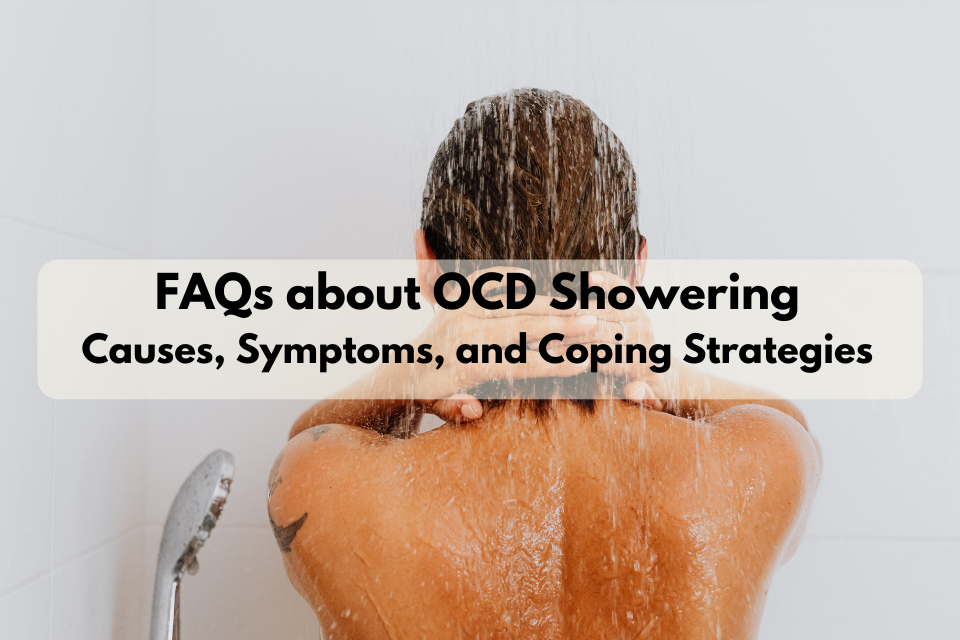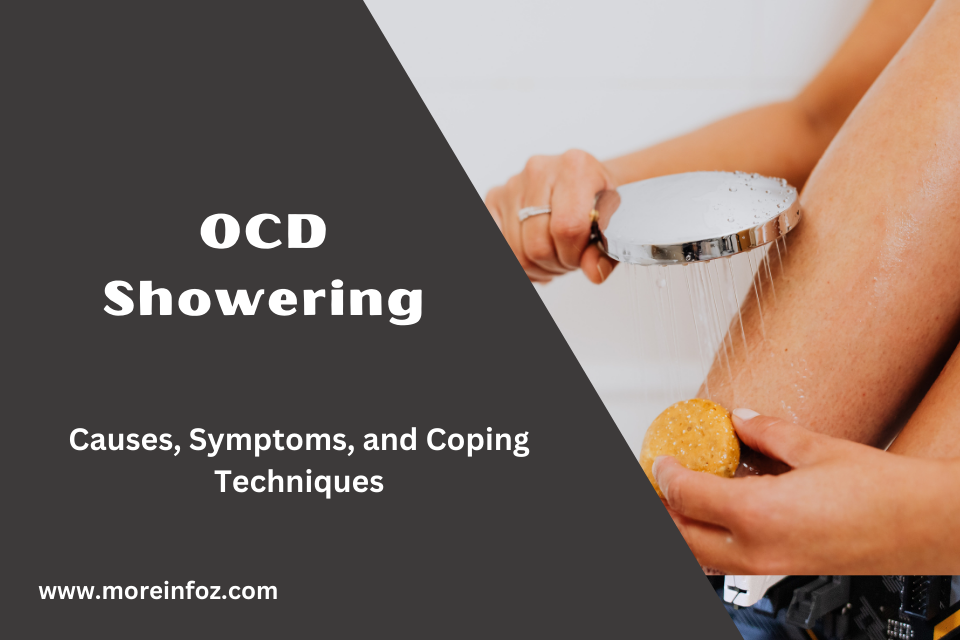Showering is a routine self-care activity for most people, but for individuals with obsessive-compulsive disorder (OCD), showering can become a distressing and time-consuming experience. This article aims to shed light on OCD showering, including its causes, symptoms, and effective coping strategies. By understanding OCD showering and implementing practical techniques, individuals can manage their excessive showering habits and find a healthier balance in their self-care routine.
1. What is OCD Showering?
OCD showering refers to the compulsion and excessive need to shower or wash oneself due to intrusive and obsessive thoughts related to cleanliness, contamination, or hygiene. It is a manifestation of obsessive-compulsive disorder that specifically revolves around showering rituals.
2. What are the Symptoms of OCD Showering?
Symptoms of OCD showering may include spending an excessive amount of time in the shower, repeatedly washing body parts or specific areas, feeling extreme anxiety or distress if unable to shower, constantly checking water temperature, and experiencing intrusive thoughts about contamination.
3. What Causes OCD Showering?
OCD showering can stem from various causes, including a heightened fear of contamination, a need for excessive cleanliness or perfection, past traumatic experiences, underlying anxiety disorders, or genetic and environmental factors.
4. How Can I Cope with OCD Showering?
a. Seek Professional Help: Consider consulting a mental health professional who specializes in OCD or anxiety disorders. They can provide proper diagnosis, develop a personalized treatment plan, and guide you through therapy options.
b. Cognitive-Behavioral Therapy (CBT): CBT is an effective treatment for OCD showering. It helps individuals challenge and reframe obsessive thoughts, gradually reduce showering time, and establish healthier behaviors and coping mechanisms.
c. Exposure and Response Prevention (ERP): ERP involves gradually exposing yourself to situations that trigger the need to shower excessively, while refraining from engaging in the compulsive behavior. This process can help reduce anxiety and break the cycle of excessive showering.
d. Establish a Showering Routine: Create a structured and balanced showering routine to help regulate your bathing habits. Set specific showering times and durations that feel reasonable and gradually reduce the time spent in the shower.
e. Practice Mindfulness: Incorporate mindfulness techniques into your showering routine. Focus on the present moment, engage your senses, and cultivate a sense of calm and relaxation. This can help reduce anxiety and promote a more balanced approach to showering.
f. Set Achievable Goals: Break down your showering goals into small, achievable steps. Gradually decrease the time spent in the shower, challenge the need for excessive cleaning, and reward yourself for progress made.
g. Use Distractions and Diversions: Engage in activities or distractions that can redirect your focus away from obsessive thoughts or the urge to shower excessively. This can include listening to music, practicing deep breathing exercises, or engaging in a hobby.
h. Involve a Support System: Inform trusted friends or family members about your struggles with OCD showering. Their understanding, encouragement, and support can provide comfort and accountability during your journey to manage excessive showering habits.
i. Educate Yourself: Learn more about OCD and its specific impact on showering behaviors. Understanding the nature of the disorder can help you develop effective coping strategies and seek appropriate support.
j. Practice Self-Compassion: Be kind to yourself and practice self-compassion throughout your journey. Overcoming OCD showering takes time and effort, so acknowledge your progress and celebrate small victories along the way.
Conclusion
OCD showering can significantly impact an individual’s daily routine, time management, and overall well-being. However, with the right support, coping strategies, and professional guidance, individuals can manage their excessive showering habits and regain control over their self-care routine. By implementing the suggested coping techniques and seeking appropriate treatment, individuals can find a healthier balance, reduce anxiety, and improve their quality of life.

FAQs about OCD Showering: Causes, Symptoms, and Coping Strategies
- Q: What is OCD showering? A: OCD showering refers to the compulsion and excessive need to shower or wash oneself due to intrusive thoughts related to cleanliness, contamination, or hygiene.
- Q: How do I know if I have OCD showering? A: Symptoms of OCD showering may include spending excessive time showering, feeling extreme anxiety if unable to shower, constantly checking water temperature, and experiencing intrusive thoughts about contamination.
- Q: What causes OCD showering? A: OCD showering can have various causes, including a heightened fear of contamination, a need for excessive cleanliness, traumatic experiences, underlying anxiety disorders, or genetic and environmental factors.
- Q: Can OCD showering be treated? A: Yes, OCD showering can be treated. Cognitive-behavioral therapy (CBT) and exposure and response prevention (ERP) are commonly used therapeutic approaches for managing and reducing excessive showering habits.
- Q: Should I seek professional help for OCD showering? A: It is recommended to consult a mental health professional who specializes in OCD or anxiety disorders. They can provide a proper diagnosis, develop a personalized treatment plan, and guide you through effective therapy options.
- Q: How does cognitive-behavioral therapy (CBT) help with OCD showering? A: CBT helps individuals challenge and reframe obsessive thoughts, gradually reduce showering time, establish healthier behaviors, and develop coping mechanisms to manage excessive showering.
- Q: What is exposure and response prevention (ERP) therapy? A: ERP therapy involves gradually exposing oneself to situations that trigger the need for excessive showering, while refraining from engaging in the compulsive behavior. This process helps reduce anxiety and break the cycle of excessive showering.
- Q: Can I establish a showering routine to manage OCD showering? A: Yes, creating a structured and balanced showering routine can be helpful. Set specific showering times and durations that feel reasonable, gradually reduce the time spent in the shower, and stick to the established routine.
- Q: Can involving a support system help with managing OCD showering? A: Yes, informing trusted friends or family members about your struggles with OCD showering can provide understanding, encouragement, and support. They can offer comfort and hold you accountable during your journey to manage excessive showering habits.
- Q: Are there any self-help techniques for managing OCD showering? A: Practicing mindfulness, setting achievable goals, using distractions and diversions, educating yourself about OCD, and practicing self-compassion are all helpful self-help techniques in managing OCD showering. However, seeking professional guidance is also crucial for effective treatment.
Remember, each individual’s journey with OCD showering is unique, and it may take time to find the right strategies that work for you. With the support of professionals, loved ones, and a commitment to self-care, it is possible to manage excessive showering habits and regain control over your daily routine.





